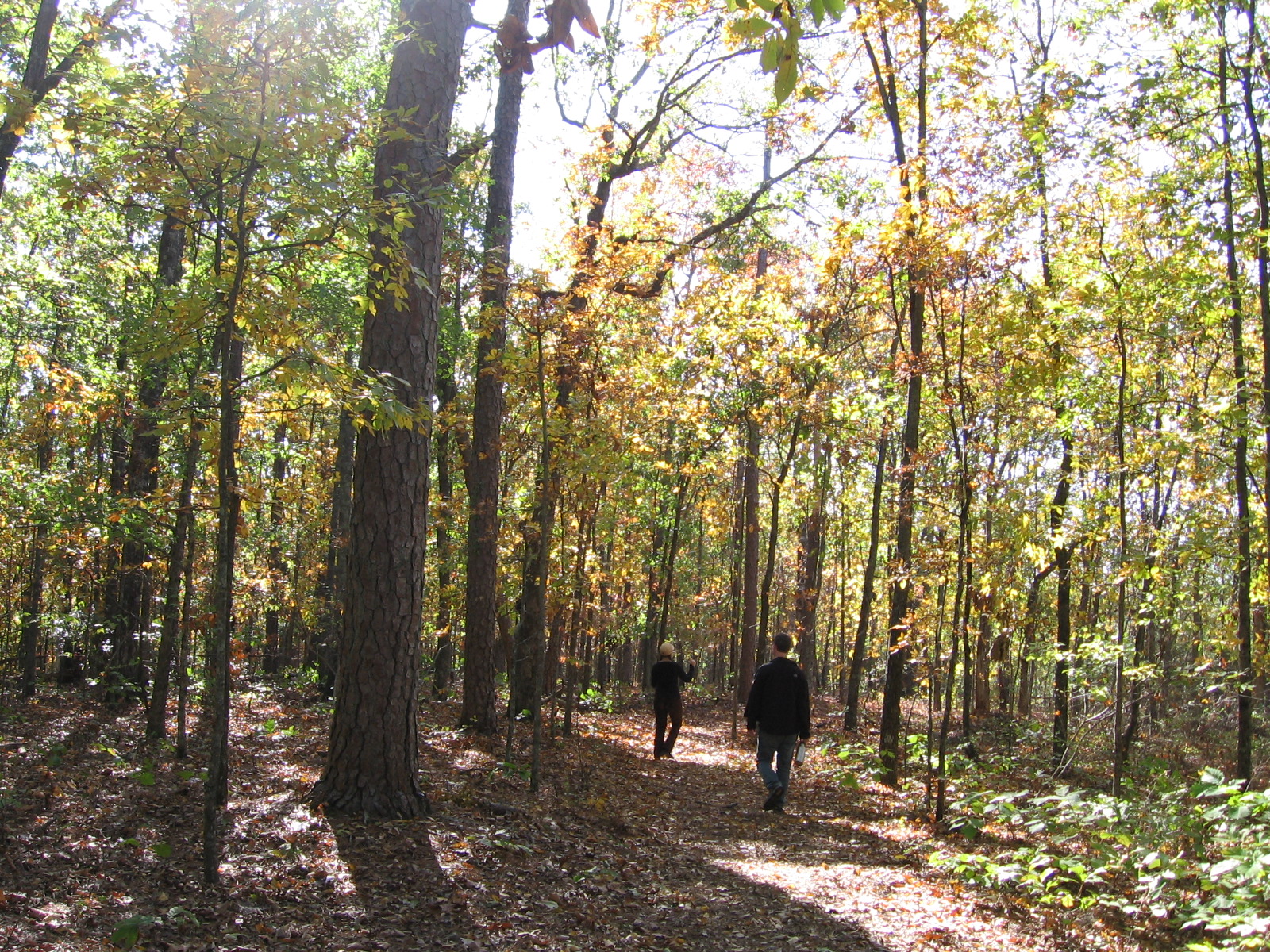 Reconnecting with nature is not as hard as people make it out to be. It doesn’t take pristine wilderness, a week hunting feral pigs with spears, or even an encyclopedic knowledge of all the birds in your area.
Reconnecting with nature is not as hard as people make it out to be. It doesn’t take pristine wilderness, a week hunting feral pigs with spears, or even an encyclopedic knowledge of all the birds in your area.
All it takes is a little time every week to go outside, close to home, and re-tune your awareness to what’s happening outside. I call this nature observation, but it is really about paying attention to the wisdom of our bodily intelligence. The good news is that we are naturals at this, and it doesn’t take long to reconnect with our inner nature (intuition) and our outer nature (the world we live in).
So, nature observation is the skill of becoming attuned to our intuition by participating in the natural world. In other words, it is about coming home to our senses. Time spent outside quickly cuts through unproductive thought and allows us easy access to our emotional intelligence and other sensory abilities that are usually repressed in our carefully pruned all-human world.
This simple technique can provide us with a more accurate understanding of ourselves and others, as well as the systems we inhabit together. The practice can be done in the backyard, during quiet moments at the office, or even, in time, during heated council circles.
Step 1. For beginners, find a quiet place outdoors where you are physically comfortable. Choose a spot close to a varied setting, such as the edge of a patch of woods, or near a stream or bird feeder. You want to be comfortable, but alert.
Step 2. Focus inward, close your eyes if need be. Ask yourself a question like, “What is going on with me right now Scan your body for any fuzzy, indistinct feelings of unease. These usually are “nagging feelings” in the throat, chest or belly. Note: this feeling is not an emotion, but is somewhat harder to “capture.” But if distinct emotions come up, sit with them briefly, acknowledge them, and scan again.
Step 3. Try to find a word, phrase, or image that expresses this indistinct feeling in the body. If you lose the feeling, go back to scanning until you can feel it again. Sometimes, if the right word or association makes contact, a change in the feeling occurs. Eugene Gendlin called this a felt shift. It may be a shiver down your back, an insight, or an emotional release into laughter/tears. Above all, have compassion for yourself and others. A felt shift doesn’t happen every time.
Step 4. After 10 minutes or so of focusing (and you will get better at it), readjust your body and shift your attention to include your surroundings as well as your body. Keep your gaze centered, but soft, so that you are taking in peripheral vision. Notice sounds, smells, the feel of the breeze, and that spot on your knee that really itches. Go ahead and do what you need to do to feel comfortable, but try to remain as motionless as possible.
After about 20 minutes, you are at baseline consciousness in nature. The birds will have gone back to their routines and adjusted to your presence. Other animals may come out now that the birds have relaxed. The birds are truly the guardians of the peace and they accept us in time.
Step 5. Observe the world and your bodily projections, as well as any coincidences that occur outside and inside, like a breeze coming with an image in your mind. These simultaneous expressions are evidence of a growing capacity to participate in nature.
Over time, this simple exercise can deepen, and you will find you can focus quickly and easily during group settings. This is a wonderful way to train the mind to be more accurate with its projections, as well as more sensitive to group dynamics, both human and non-human.
Resources:
Revisioning the Earth by Paul Devereux (1996)
Focusing by Eugene Gendlin (1978)
Seeing through native eyes: understanding the language of nature. 8 CD series by Jon Young (1996)
Feel free to reproduce this for educational purposes!